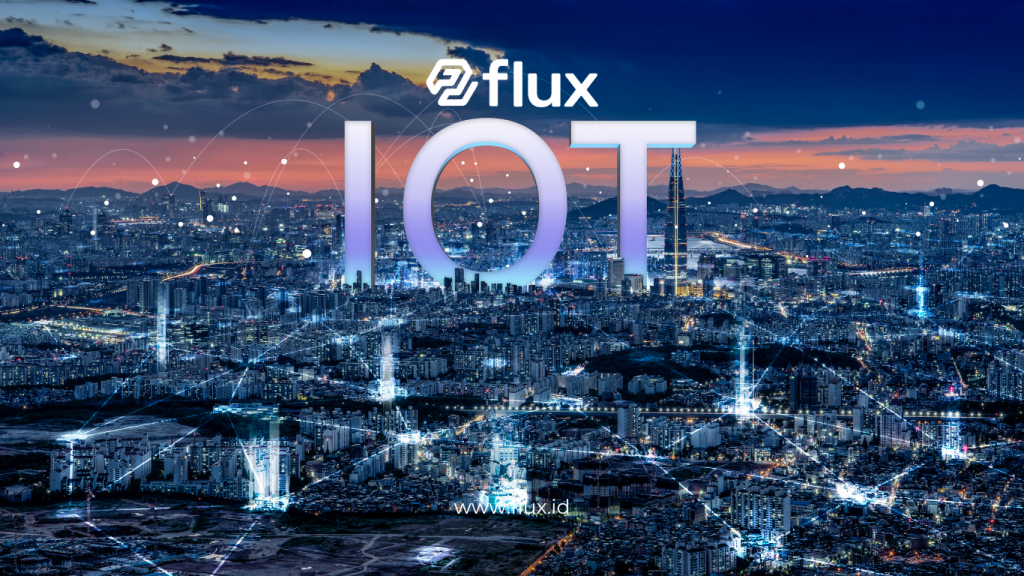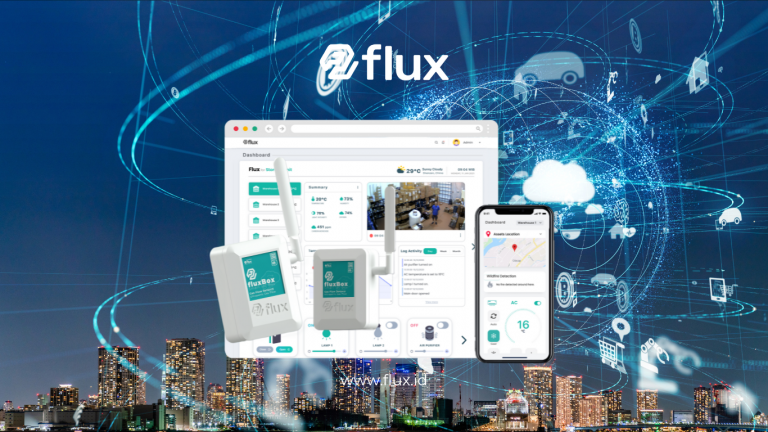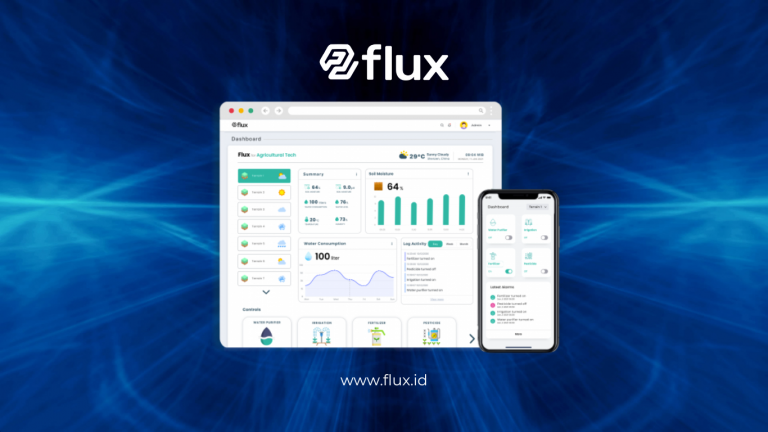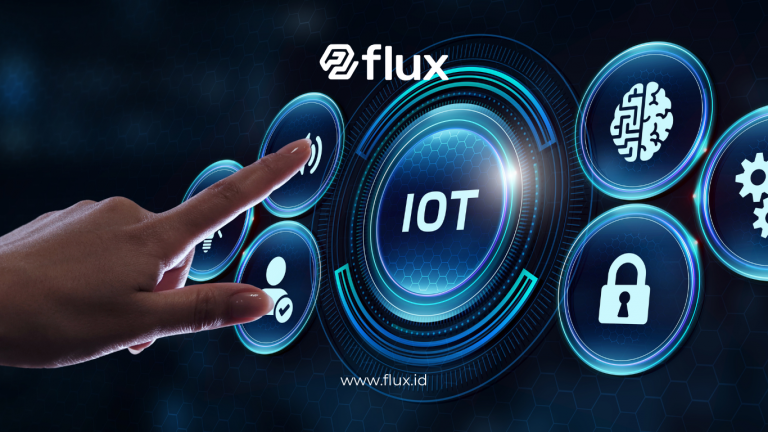Don't miss our holiday offer - 20% OFF!
Strong winds are often the main cause of property damage, power outages, and even casualties. Since unpredictable strong winds can have a significant impact on society and infrastructure, addressing this issue is crucial. To tackle this challenge, an Internet of Things (IoT)-based innovation has emerged, enabling real-time High Wind Monitoring.
IoT technology allows connected sensor devices to collect, process, and transmit data to a management center. This monitoring provides early warnings that can reduce the adverse effects of strong wind disasters.
Contents
What Is IoT and How Does It Work?

Read More: Benefits of IoT Sensors on Electric Motors
Definition of IoT
The Internet of Things (IoT) is a network of interconnected devices that can communicate with each other over the internet. These devices are equipped with sensors, software, and other technologies that enable data collection and exchange.
How IoT Works in High Wind Monitoring
In the context of high wind monitoring, wind speed (anemometer) and air pressure sensors are installed in strategic locations. Data from these sensors is sent to a cloud server via an internet connection. The system then processes this information using artificial intelligence (AI) and machine learning (ML) algorithms to detect patterns and issue early warnings to relevant parties.
Key Components of IoT in High Wind Monitoring

Read More: Demystifying Anemometer for Extreme Winds
Wind Speed and Direction Sensors
Wind speed and direction sensors measure wind intensity. The system identifies hazardous conditions when wind speed exceeds certain thresholds, thereby enabling prompt action.
Air Pressure Sensors
Air pressure sensors track changes in atmospheric pressure within a specific area. Sudden pressure shifts may signal the approach of strong winds or storms.
Data Processing Devices
Data from the sensors is analyzed by edge computing devices or cloud servers. This technology allows for real-time data analysis, which helps in generating timely alerts.
Communication System
Sensor data is transmitted to the management center using IoT communication protocols, such as MQTT or LPWAN (LoRaWAN). This method ensures efficient data transmission with minimal energy consumption.
Monitoring Application and Dashboard
Monitoring applications provide authorities and the public with direct access to wind monitoring data. The dashboard facilitates visual data management and issues alerts when potential hazards are detected.
Benefits of IoT Innovation in High Wind Monitoring
Early Warning and Risk Mitigation
With real-time monitoring of high winds, authorities can issue early warnings to the public. As a result, the risk of injury and property damage is significantly reduced.
Faster Decision-Making
Data from sensors enables authorities to make quick decisions, such as evacuating residents or closing access roads. This rapid response can prevent larger-scale disasters.
Operational Efficiency
IoT systems reduce reliance on manual observation, thereby saving operational costs and human resources.
Support for Research and Development
Data from IoT sensors supports research and development of future weather and wind prediction models, enhancing future preparedness.
Case Studies of IoT Implementation in High Wind Monitoring

Read More: Overcoming Strong Winds on Infrastructure with IoT Sensors
Wind Monitoring Systems in Coastal Areas
In several hurricane-prone countries, IoT-based monitoring systems have been installed on coastlines to detect strong winds. Wind sensors and air pressure sensors transmit data to national weather monitoring systems, ensuring timely alerts.
Urban Area Monitoring
In urban areas, IoT systems actively monitor strong winds to prevent incidents like billboards toppling, fallen trees, and damaged public infrastructure.
Industrial Area Implementation
The oil and gas industry utilizes high wind monitoring to protect offshore equipment and facilities from potential storm damage, minimizing costly operational disruptions.
Challenges and Solutions in IoT Implementation for High Wind Monitoring
Challenges
- Implementation Costs: Installing IoT devices and sensors requires significant financial investment.
- Data Reliability: Extreme weather may affect the accuracy of sensor data.
- Connectivity Issues: Remote areas often have limited access to stable internet connections.
Solutions
- Use of LPWAN: LPWAN technology ensures data communication in remote areas.
- Hardware Reinforcement: IoT sensors and hardware are designed to withstand extreme weather conditions.
- Collaboration with Government: Collaboration with government agencies can reduce system management costs and streamline data sharing.
Conclusion
In conclusion, IoT innovation in high wind monitoring offers an effective solution for reducing the impact of natural disasters. By leveraging wind speed sensors, air pressure sensors, and cloud-based data processing technology, communities and authorities receive early warnings that enable timely decision-making. Although the implementation of this technology faces several challenges, such as cost and connectivity, strategic solutions can ensure its success. Consequently, IoT systems play a vital role in enhancing disaster preparedness and resilience.





